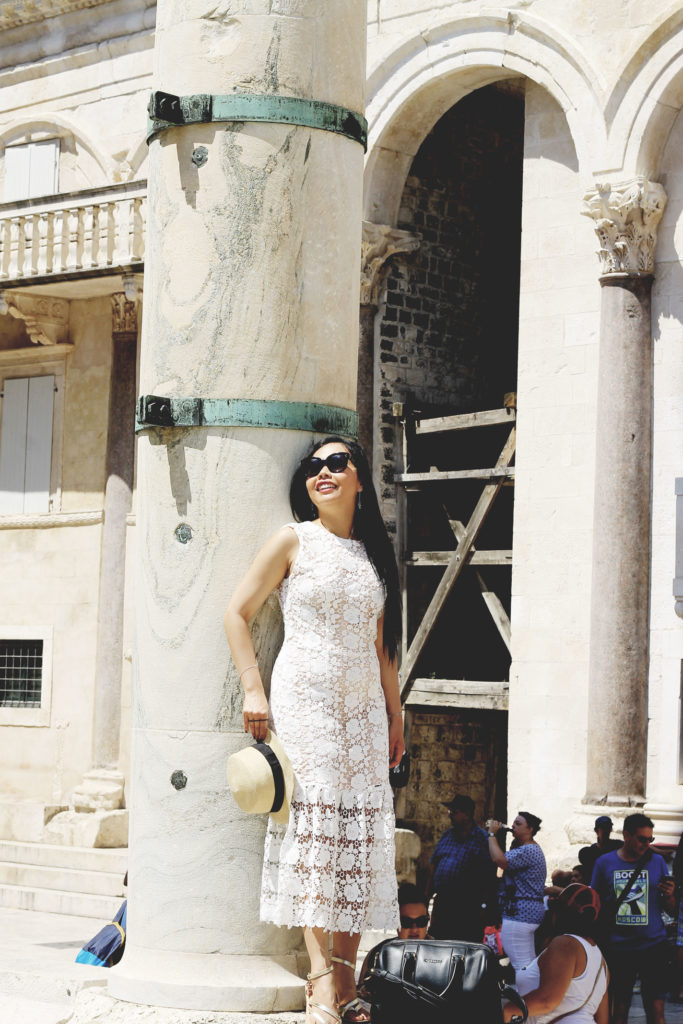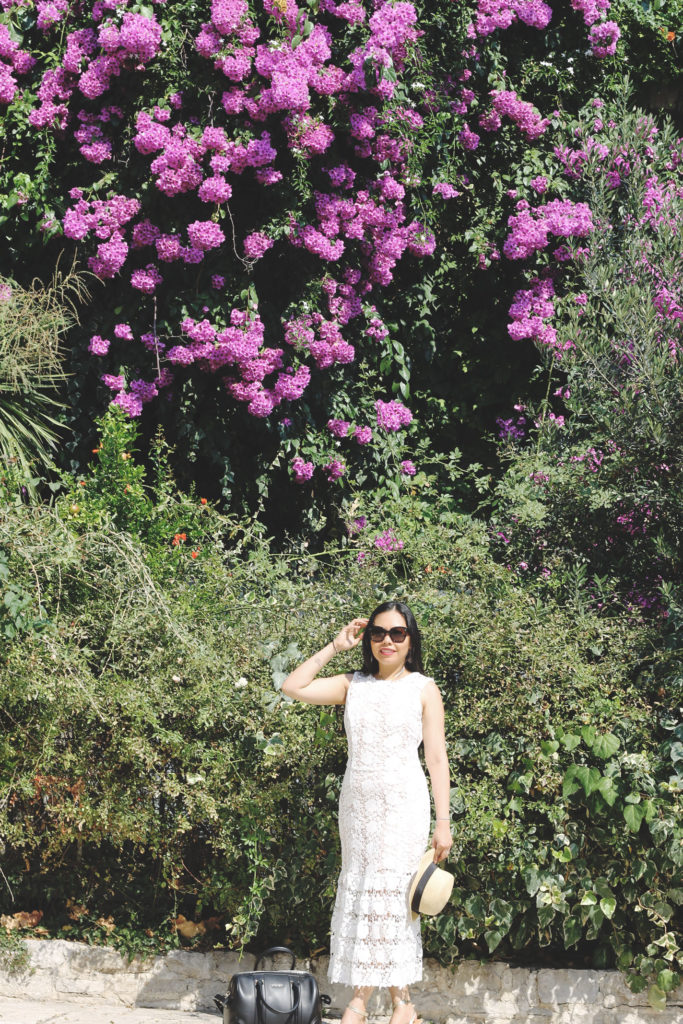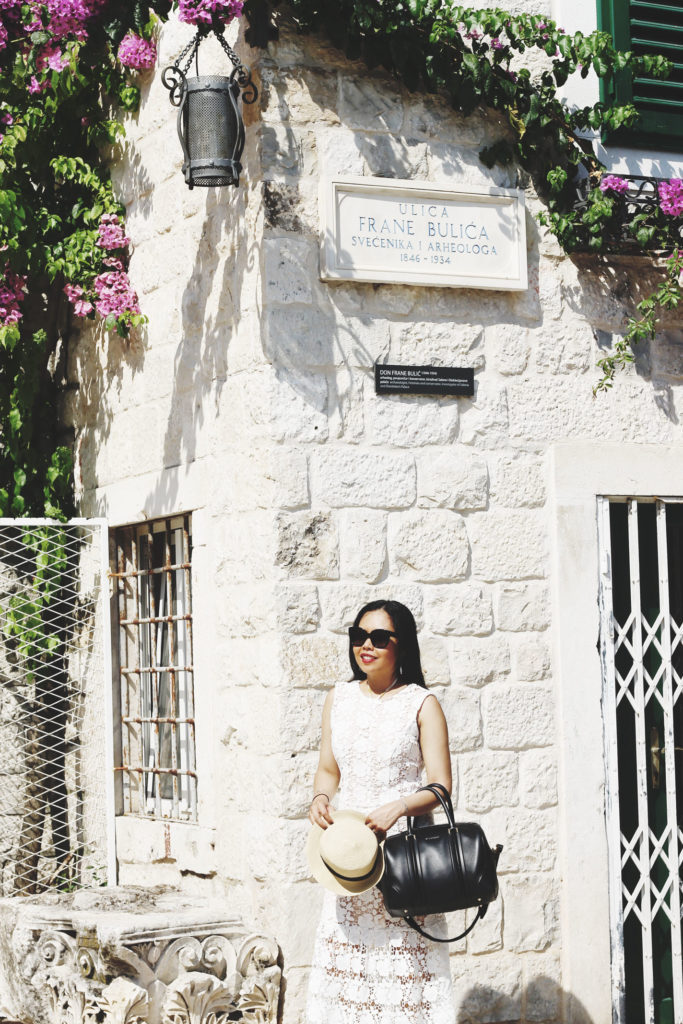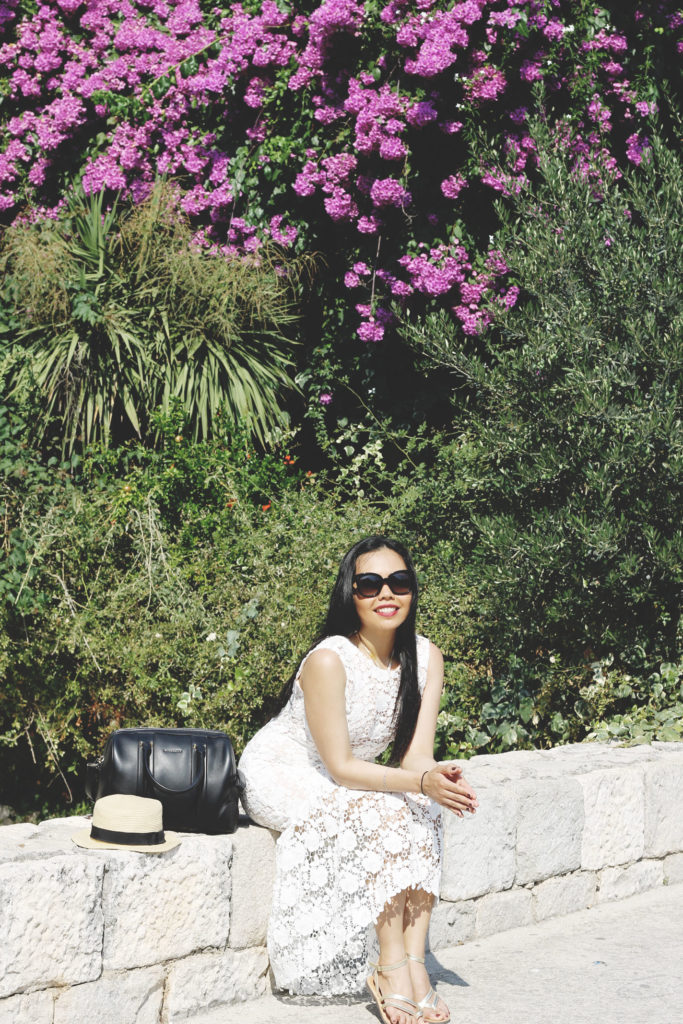Though it’s now fall, I can’t help but reminisce a memorable trip to Croatia with my girl, Kartika, this year.
We cruised through Split, Croatia on an incredible morning this past summer. We had a full day in Split before we had to go back to our cruise ship and move on to our next destination in the Adriatic Sea. So far, we’ve been to Trieste, a stunning city in Italy with influences from gorgeous Austria. Croatia has always been on our bucket list so we were quite thrilled that we were going to see this gem of a place.
When we stepped out of our cruise and onto the Split Riviera, we couldn’t help but immediately feel mesmerized. Truly, there’s something quite romantic about the ruins and the antiquity of the walls of the Diocletian Palace. Word on the street is that the walls now serve as homes and flats for locals. What once was a palace to one is now a small little village consisting of the historic old town of Split.
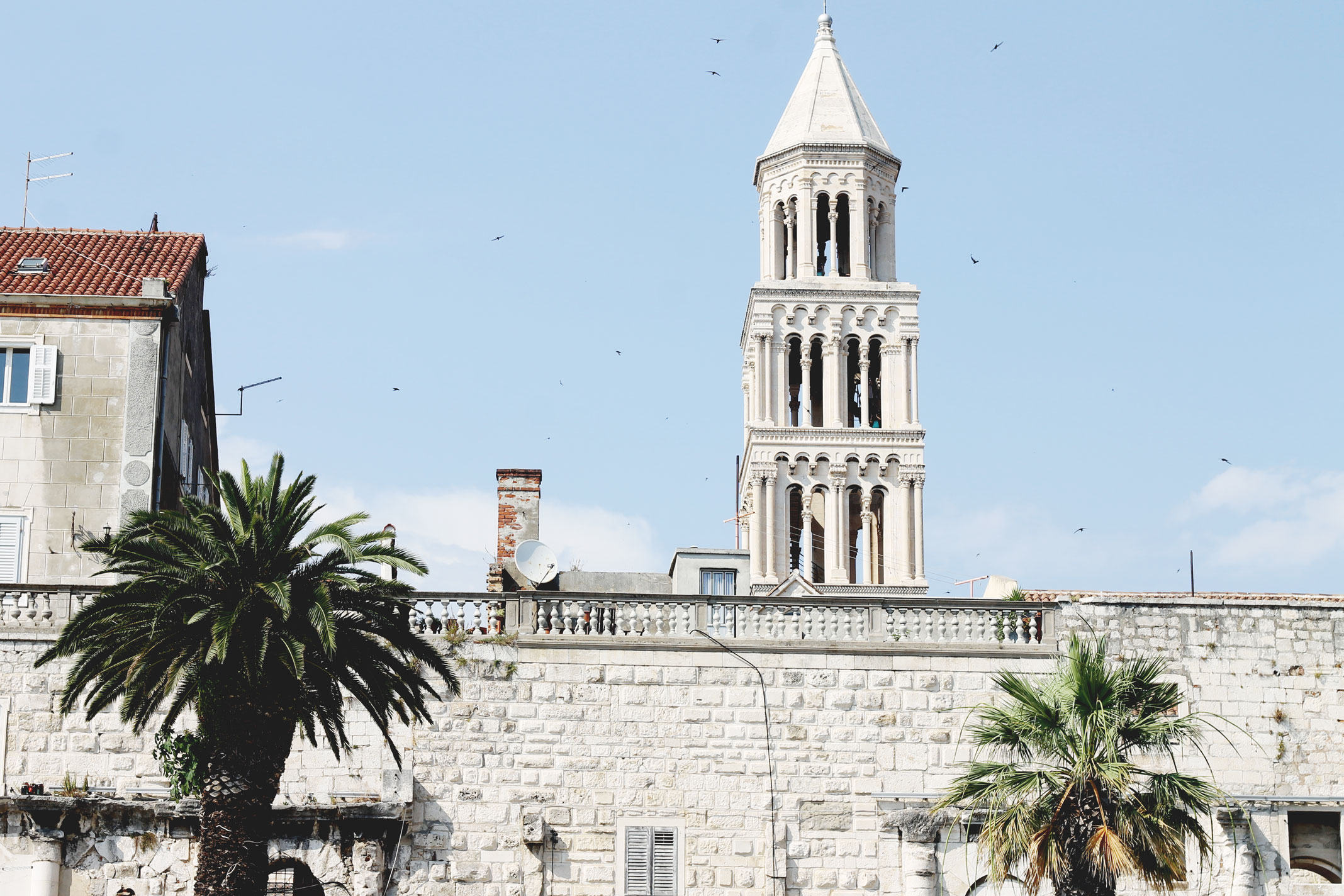
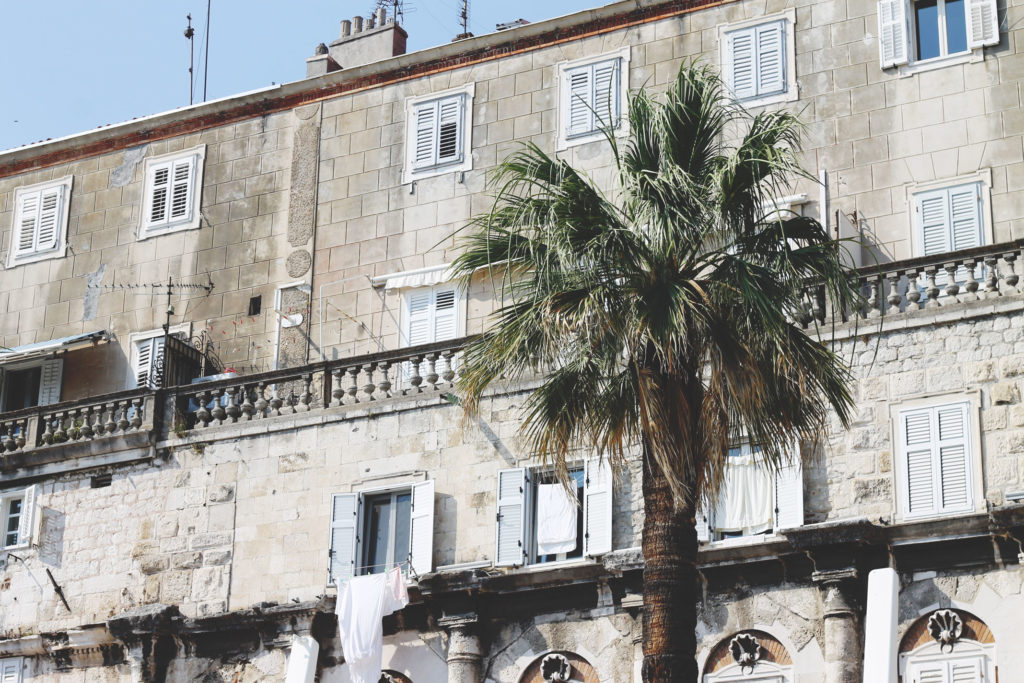
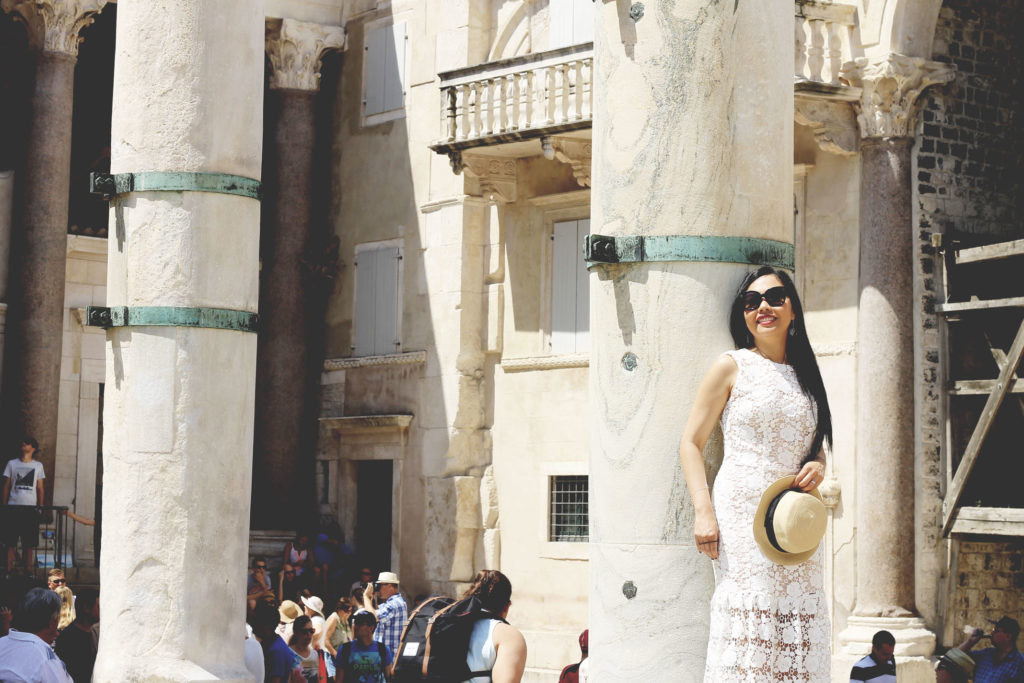
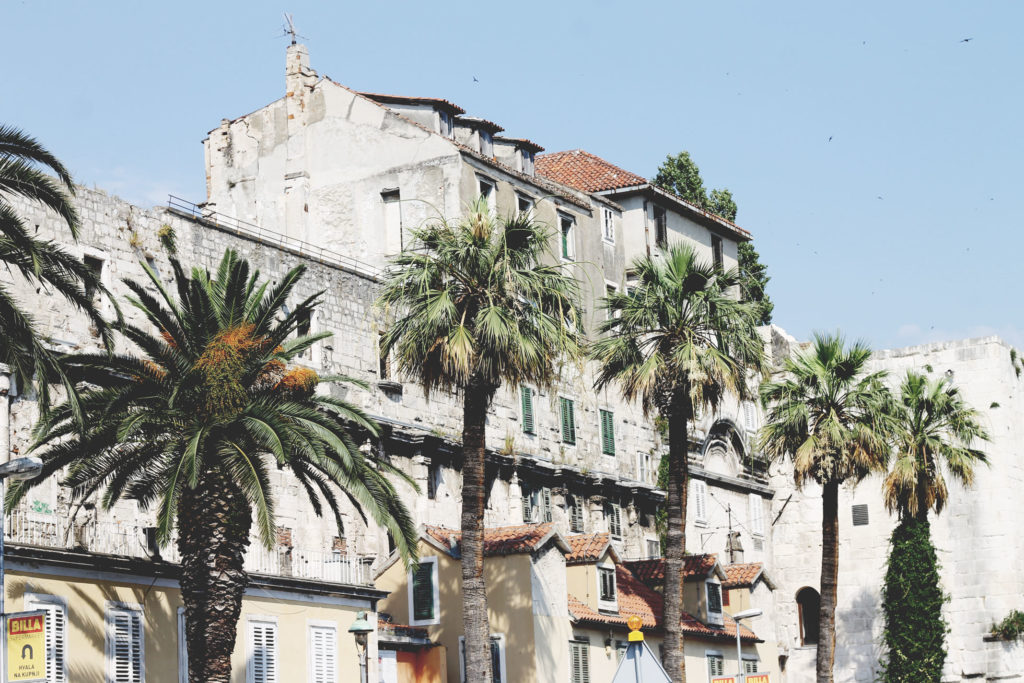
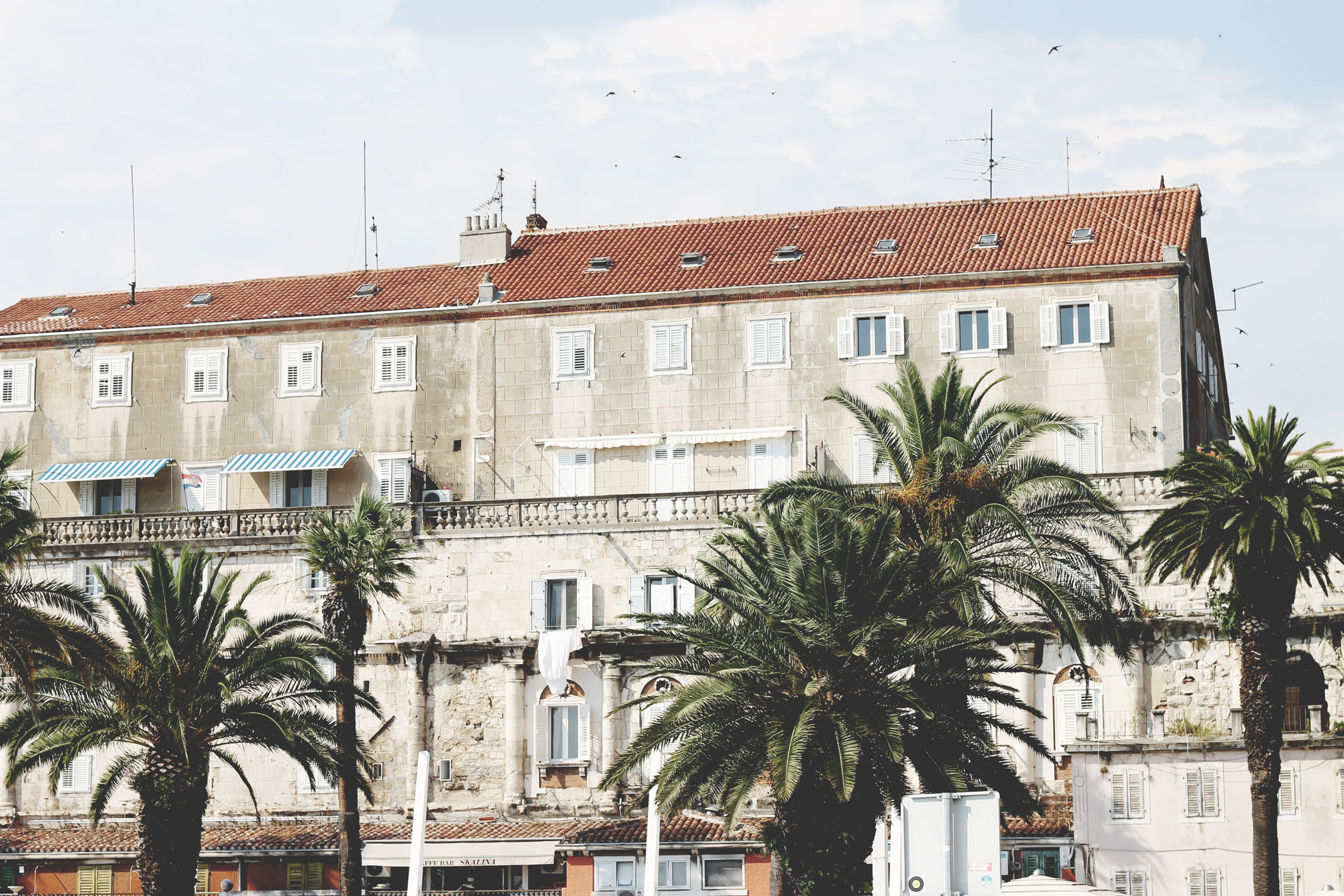
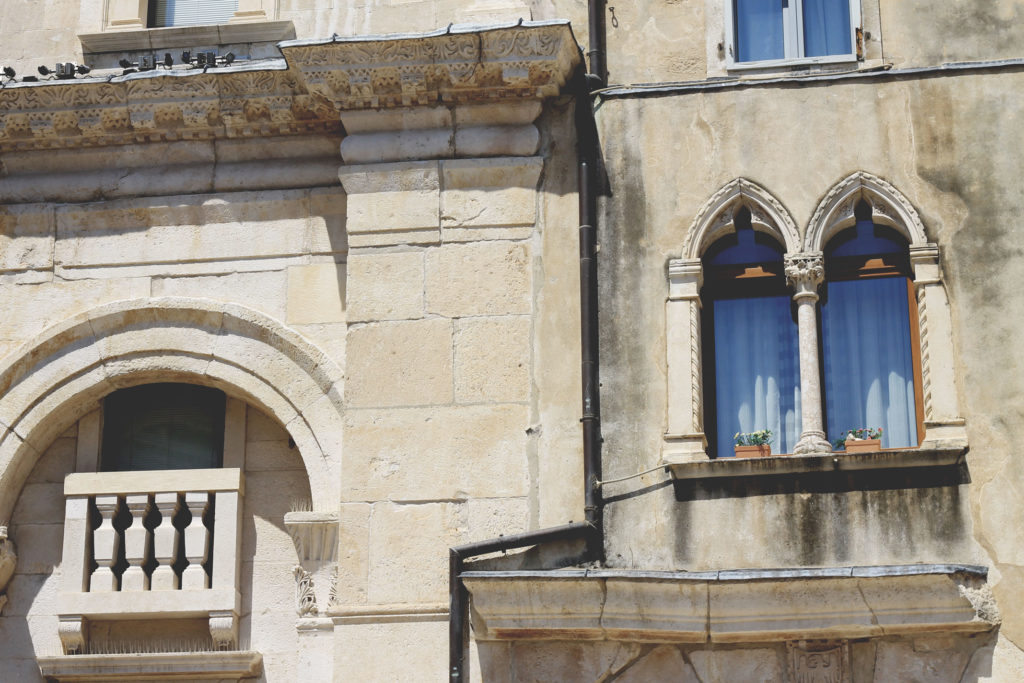
Style Details
Outfit | HOUSE OF FRASER
Bag | GIVENCHY
Sunglasses | CELINE
Shoes | FROM GREECE
Jewelry | c/o LILIES & CROWN
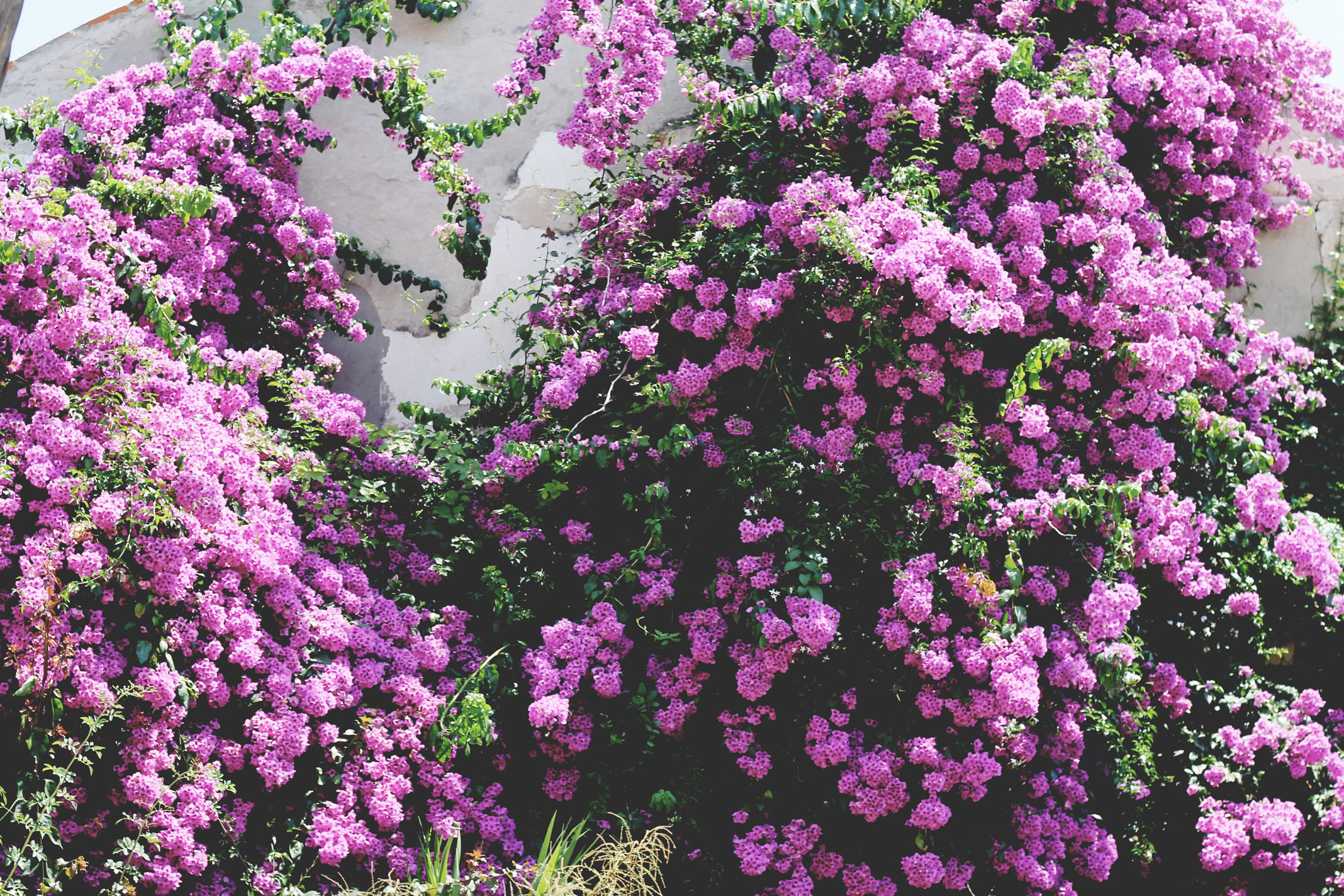
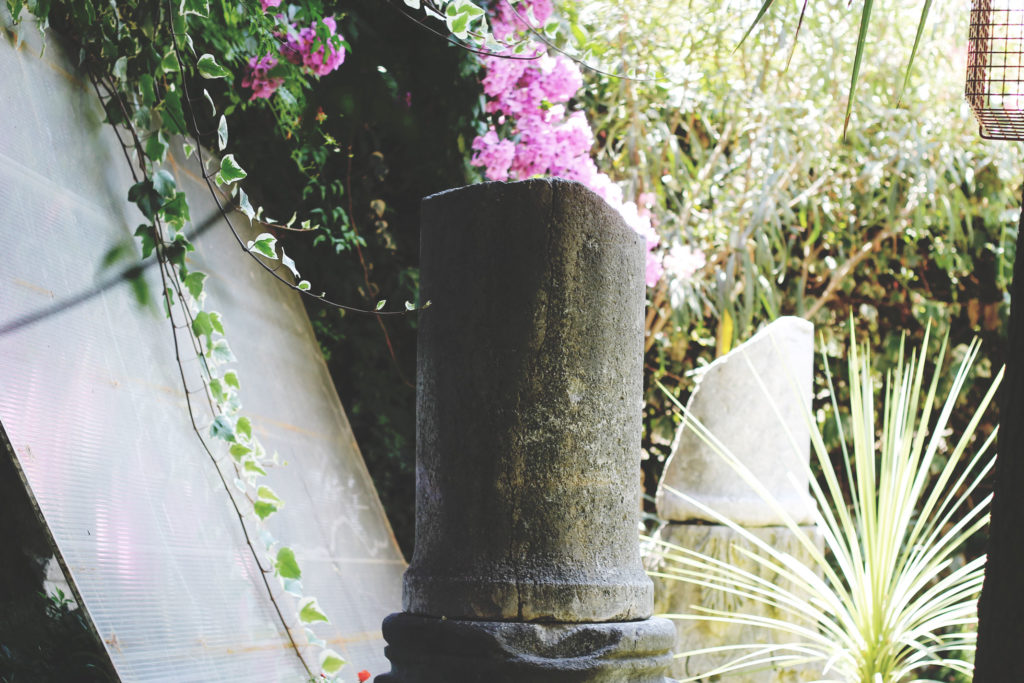
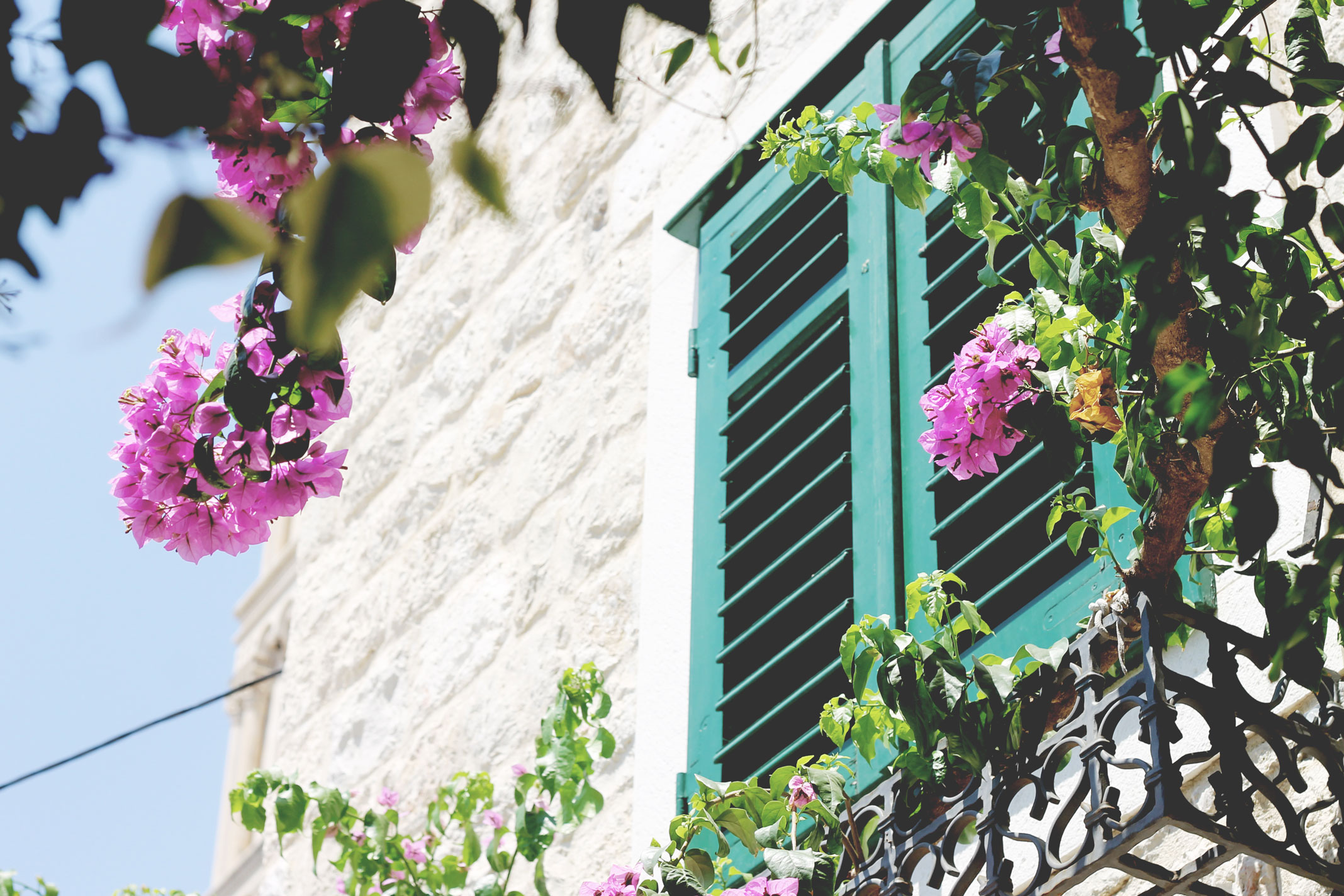

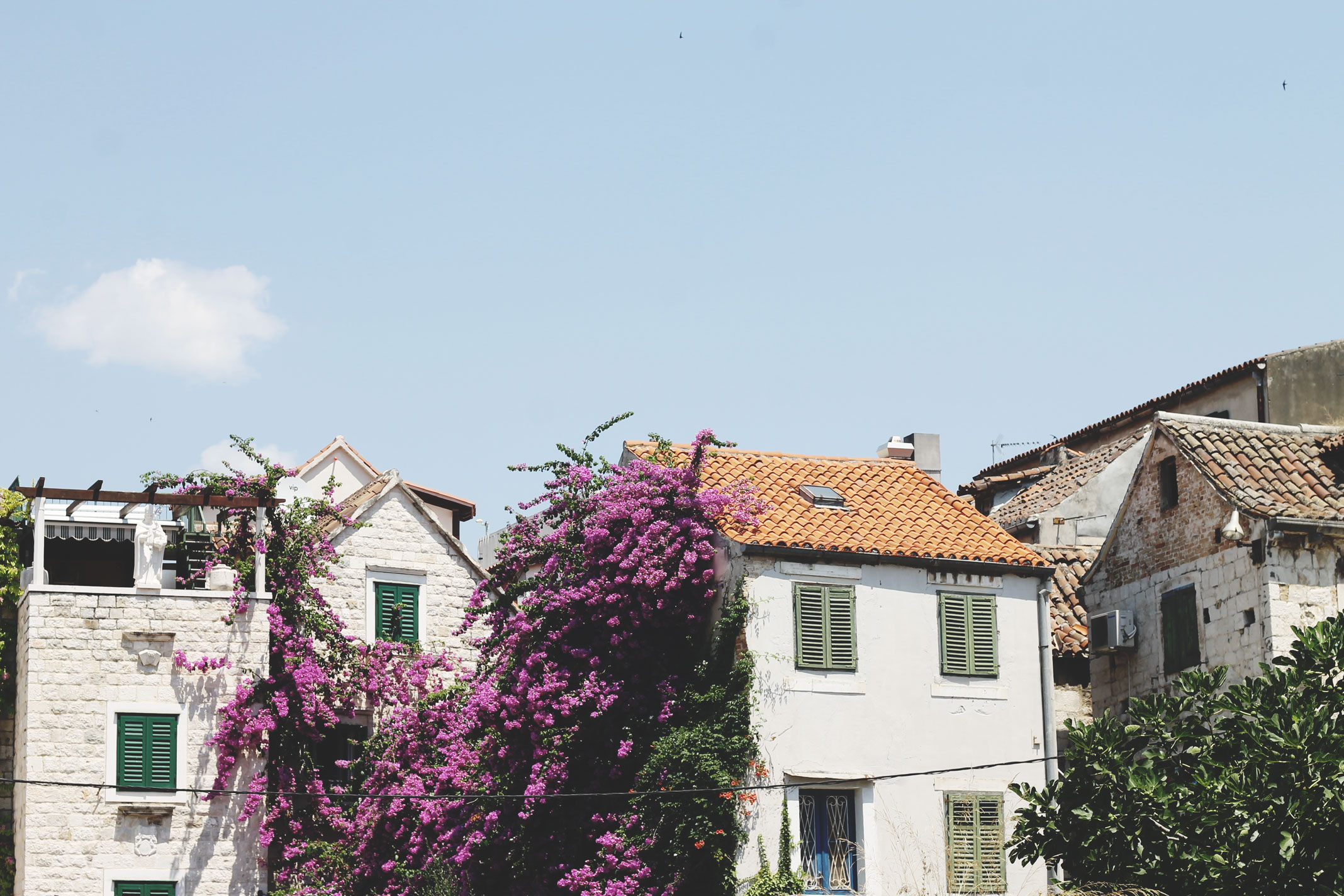
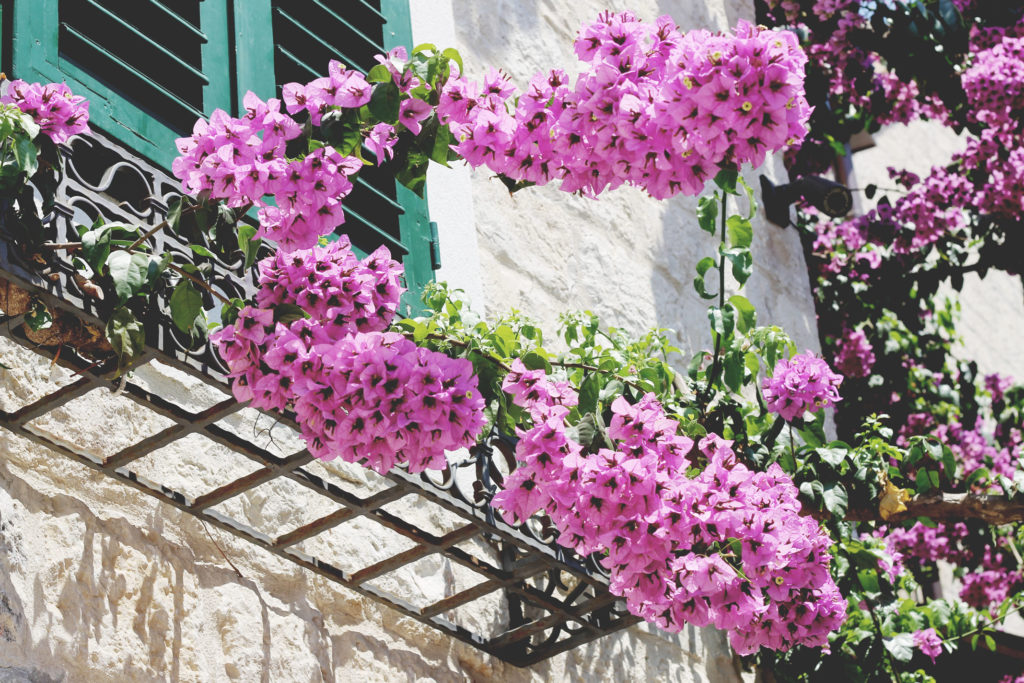
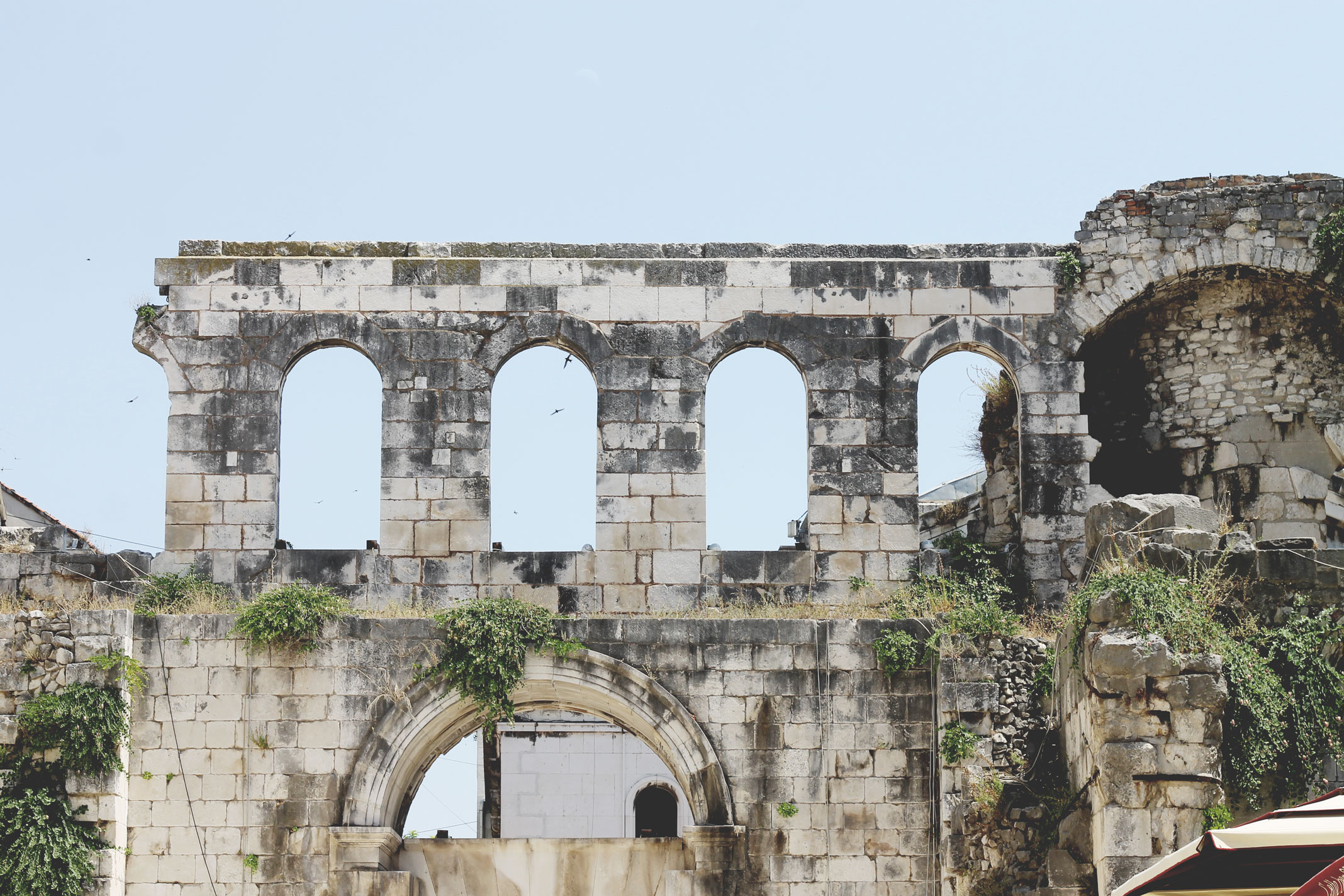
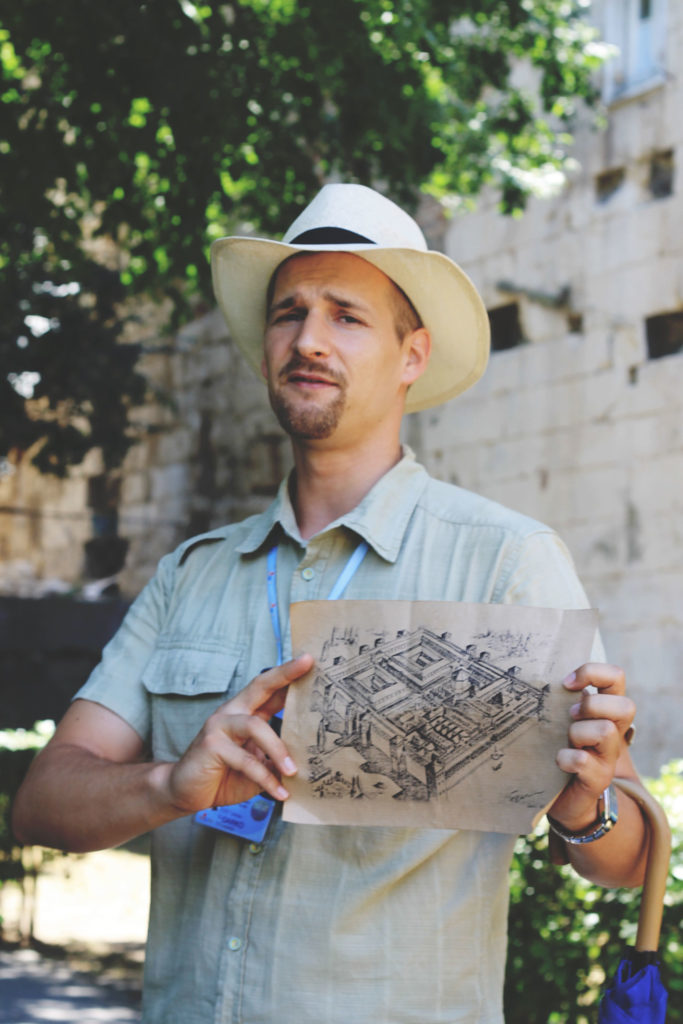
Split Walking Tour Highlights
We headed onto the Golden Gate for a morning with Split Walking Tour, the only itinerary we scheduled for our day tour of Split. We thought a professional guide is certainly necessary since we only have a full day. We were so glad to have found Split Walking Tours online. From personal experience, they respond quite quickly by e-mail for those who would like to receive more information on the tours they provide.
The guided tour of Split starts at the Golden Gate
You’ll know you’ve found your spot when you see one of their people putting on their signature “blue umbrella.” When our tour guide arrived, a local historian from Croatia, he did not waste any time in introducing the location’s relevance to the Game of Thrones. At the very beginning of the tour, he said that this location was from Episode 1 of Season 5 in Game of Thrones. He talked about the Defense Court as well as some unique details that we saw along the way. The limestone used for Split’s architecture came from the island of Brach while the art on the windows along the old town were forms of Slavic art. I was appreciative as Split Walking Tours feature legitimate tour guides who graduated with a history degree. We were quite impressed with how much he knows about the profound chronicle of events that took place in Split. It quite felt like we were listening to a professor and teacher.
The current gothic building housing the Split museum also used to be the biggest mansion in the city. It features a door dating back to the Renaissance as well as a checkerboard flag motif. The dragon on the door is a symbol of both virtue and sin. It also communicates as a warning of physical threat from enemies. Apparently, the street where it’s located with the pyramid was also a filming site for Game of Thrones!
We stumbled upon period ruins with Roman and Syrian details
It highlighted a stunning display of pillars and was compared to palaces in Turkey with “East meets west” details. The octagonal St. Duje Mausoleum, named after the Patron Saint of Split who was also a 3rd century bishop from a large Roman city serving as capital of Dalmatia called Salona, was originally built by Diocletian as his burial palace. St. Duje was a martyr who died in the hands of Emperor Diocletian where he and the eight soldiers he converted were beheaded during the Christian persecution. The octagon shape embodies the eternity for St. Duje as well as other Christian martyrs. The black Sphinx, an Egyptian statue, is 3000 years old and has been guarding the Diocletian Palace all this time.
We then happened upon the Temple of Jupiter built from 295 until 305 AD featuring a flame in front. A large statue of John the Baptist lies here as well as sarcophagus of two archbishops of Split. Another of the twelve black Egyptian Sphinxes brought from Egypt by order of Emperor Diocletian guards the ancient temple.
We found ourselves distinctively entertained upon hearing traditional Dalmatian acapella singers inside a peculiar round room
Apparently called Klapa, a form of traditional acapella vocal music, is part of the list of intangible world heritage sites in Europe according to UNESCO. Appearing from the mid 1800’s, it features a group of friends singing whose roots come from littoral church singing in the Middle Ages.
The round room, featuring four statues of Diocletian and his juniors as well as some of the original brick and new reconstruction, was used in the past for visitors to prepare before an audience with Emperor Diocletian. As we arrived on the south wall, our historian guide informed us that the wall was exactly 20 meters of promenade before the shore. The production of linen and cloth was dealt here, a trade that produced significant income for the palace. It covered an approximate 180 meters of promenade space.
We discovered that the swastika symbol in ancient times symbolized “good fortune” for Diocletian
It was a sign of welcoming good luck and bringing the east and west together. The gate indicated a golden fleet, whose location was also used as a convent at some point in time.
We stumbled upon ancient remains of an age-old Greek village and stones that were enclosed in a small section by the bougainvillea climbers. Our guide told us that even the mosaic tiles found could be from the early Greek settlement. An abundance of bougainvillea flowers could also be found in the narrow alleys that make the ambiance all the more alluring. Near the cathedral and its mausoleum, we saw a purple kind of fig that is authentic in Dalmatia. In the olden days, purple was reserved for royalty as it was the most expensive to produce.
Croatia’s deep history shown in the age of the city and its archaic arches express the vibe of modern Croatia
A nearby marketplace under the Diocletian’s palace was also quite attention-grabbing. Made of brick, travertine & limestone serving as pillars and its ceiling, it supports the city above which is twice heavier than during Diocletian’s rule!
Split is an earthquake zone but is on cement bedrock that’s why they have the oldest factory in Europe. The city still use the same aqueduct and water still springs from the fountain with coins. According to our guide, Croatia is positioned below sea level because and sinks 1.7 meters every year since the 17th Century. Fascinating to note that as we passed by a basement hall of palace, we also learned that it used to be a disco in the 70’s!
The Square of Diocletian’s Palace, tango dancing and events are organized in the square at night. The structure had a deep laser cleaning whose purple granite from Egypt really came out and continues to bedazzle travelers. They say that Roman slaves built the palace in a period of 10 years; while the current laser cleaning was finished in 15 years. What irony!
Julius Nepos, where the word “nepotism” actually came from emblematize the end of the Roman Empire. The old walls are recycled and turn anew through the birth or present-day contemporary restaurants. For the locals, nothing stays the same and everything changes.
My favorite part was climbing up the cathedral bell tower of St. Domnius
The climb was steep, one that’s certainly not for those afraid of heights as its stair construction have many gaps by design and have quite the open structure. The most quintessential view of the burnt orange roofs of Croatia can be seen from up here. A perfect combination of the beauty of antiquated architecture and seascapes scenes that seem to go by miles, Split certainly has a beguiling appeal.
Here’s the link to Split Walking Tours if you fancy a bewitching tour of this captivating city in Croatia: http://splitwalkingtour.com/. Our time with them was well worth it and the entire experience was pleasant. Definitely, a trip made more memorable thanks to their expertise!
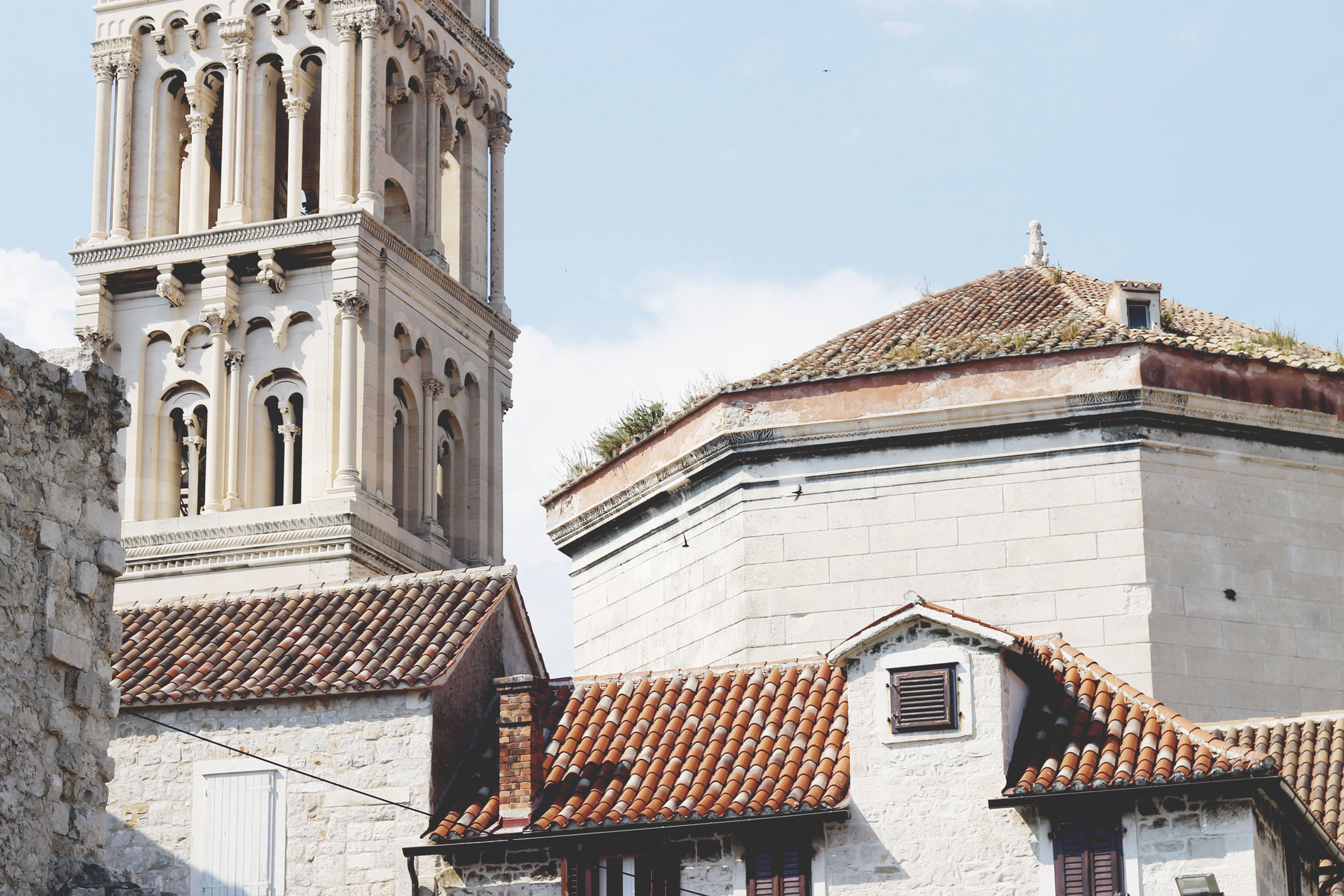
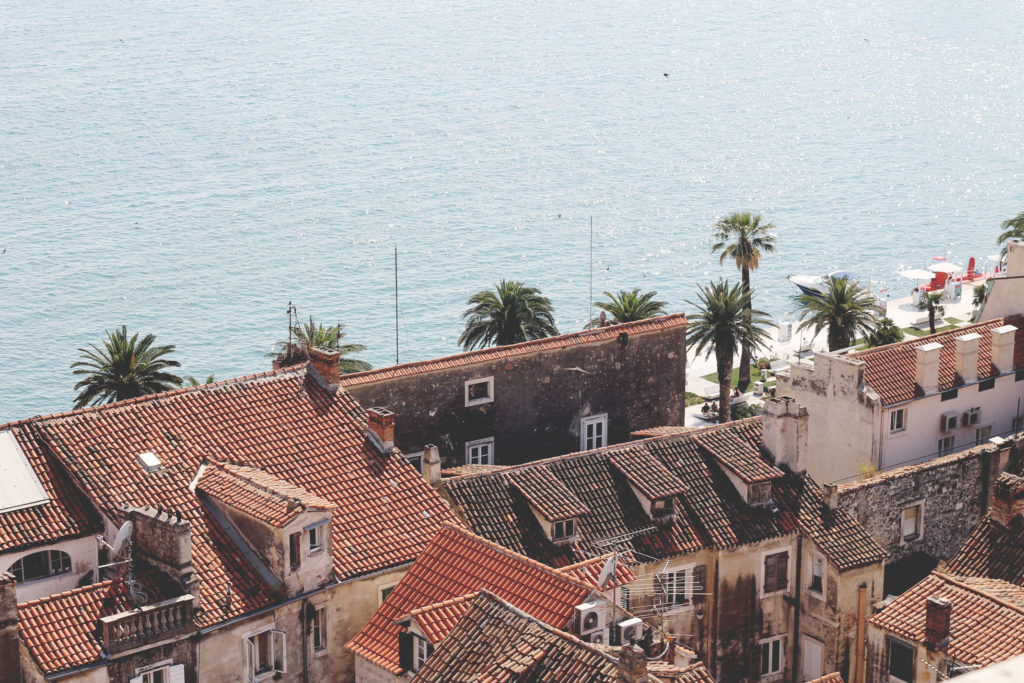
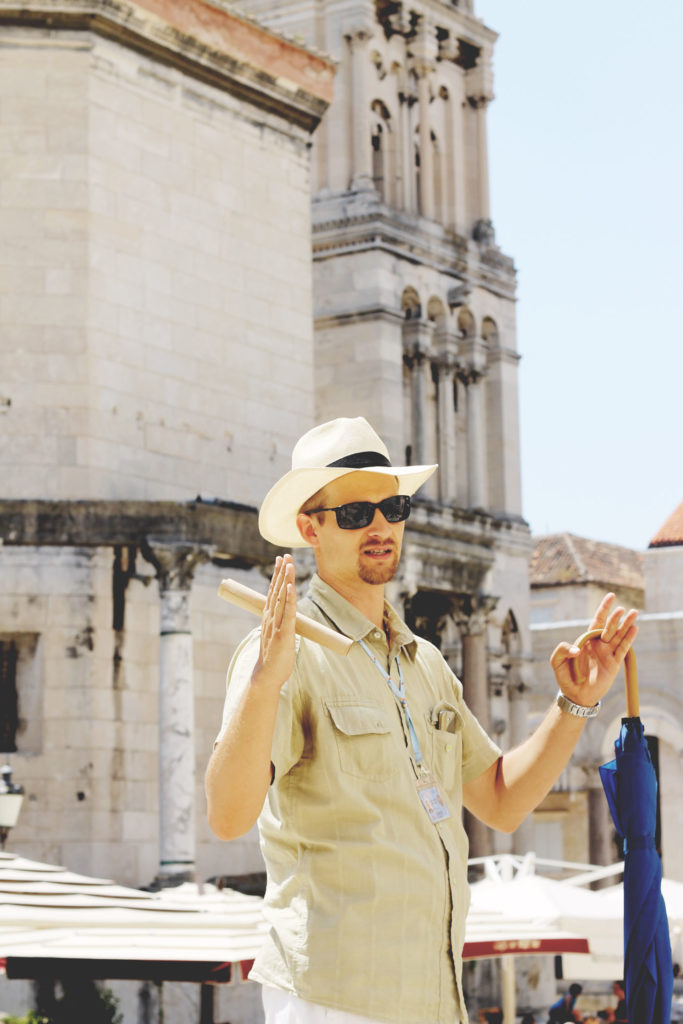
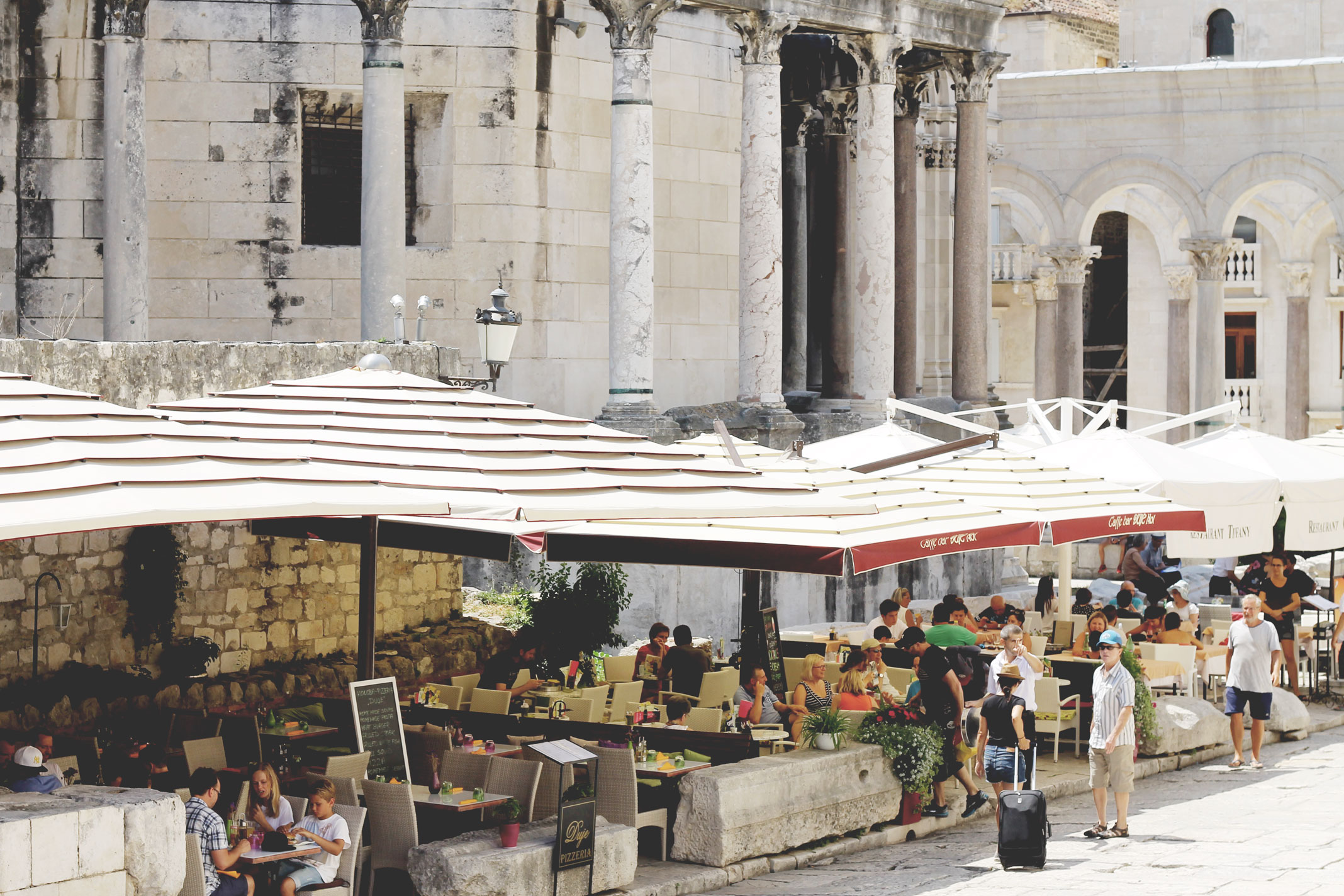
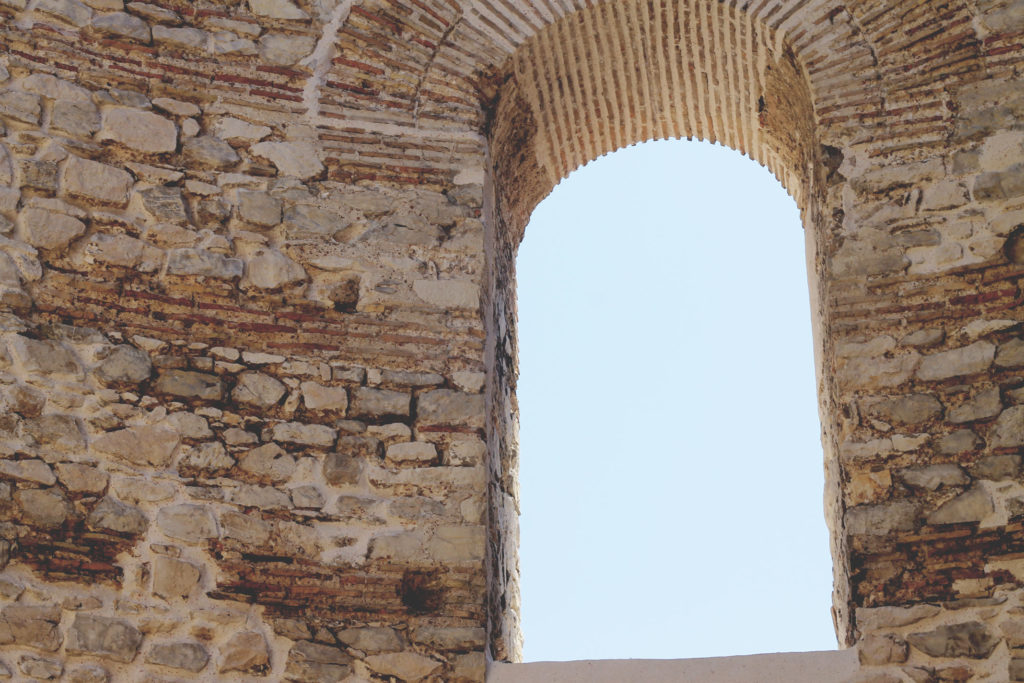
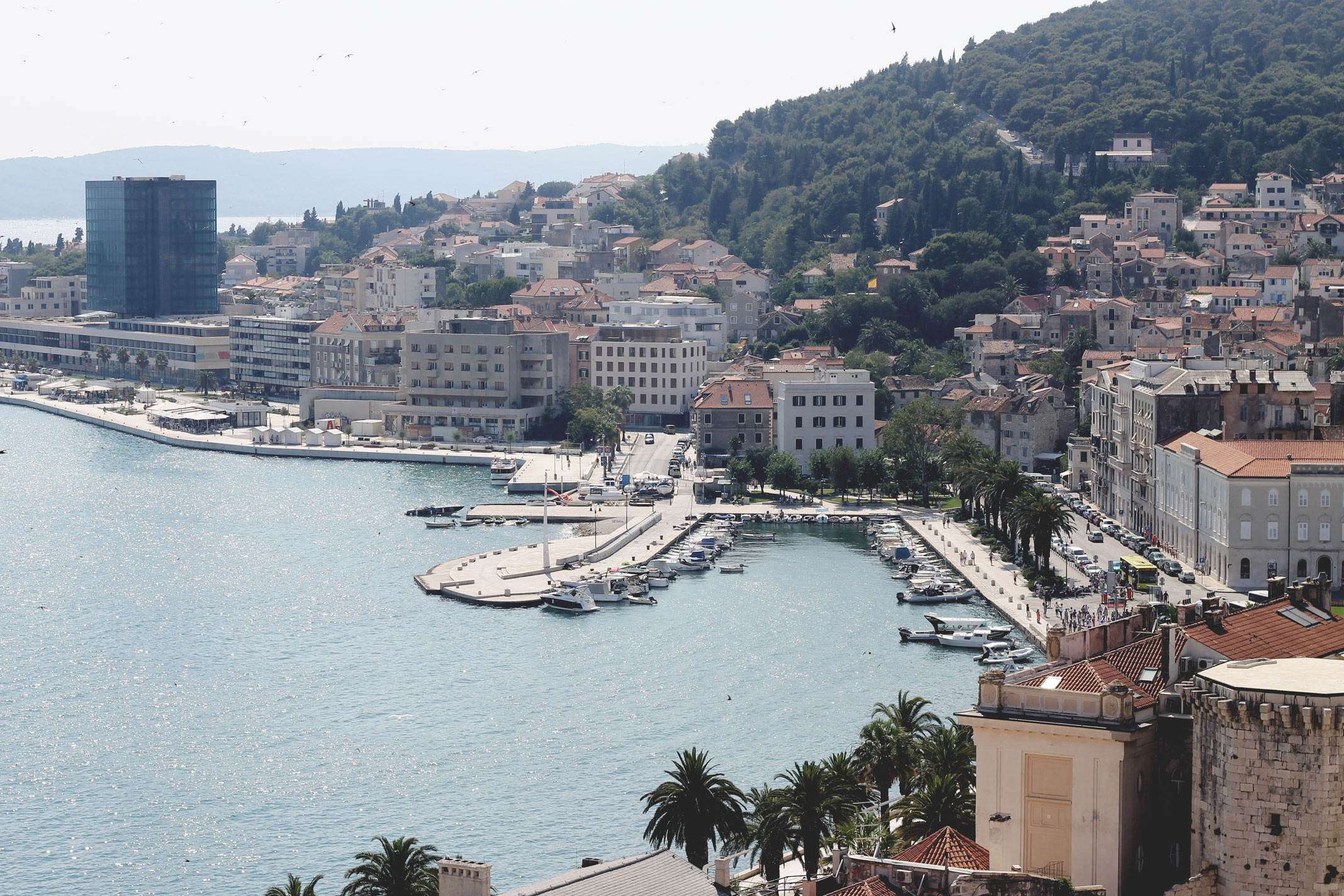
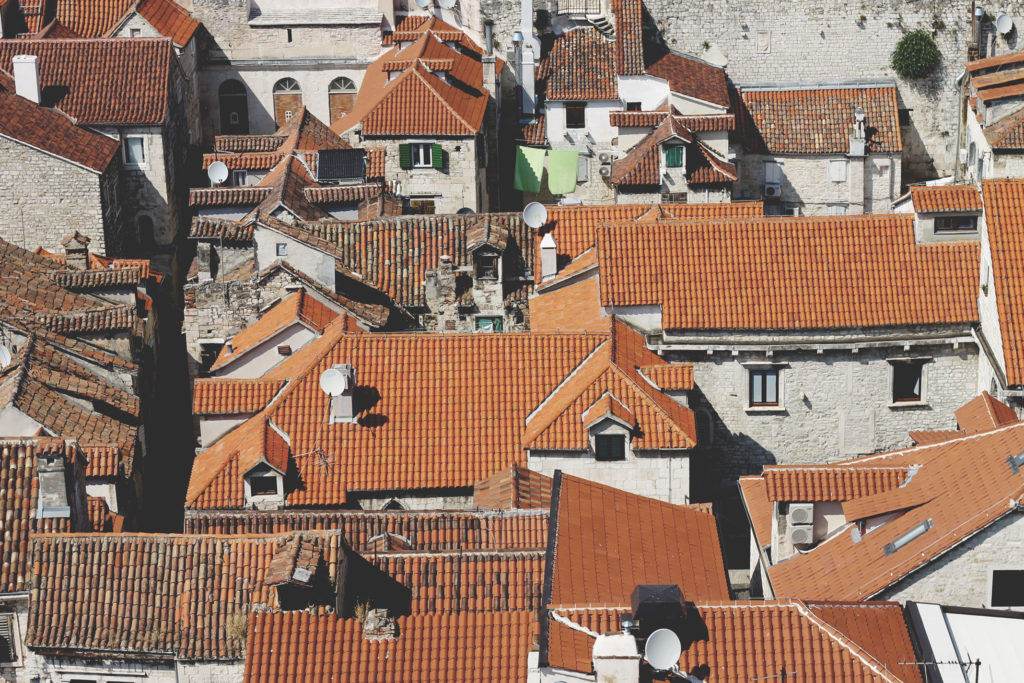
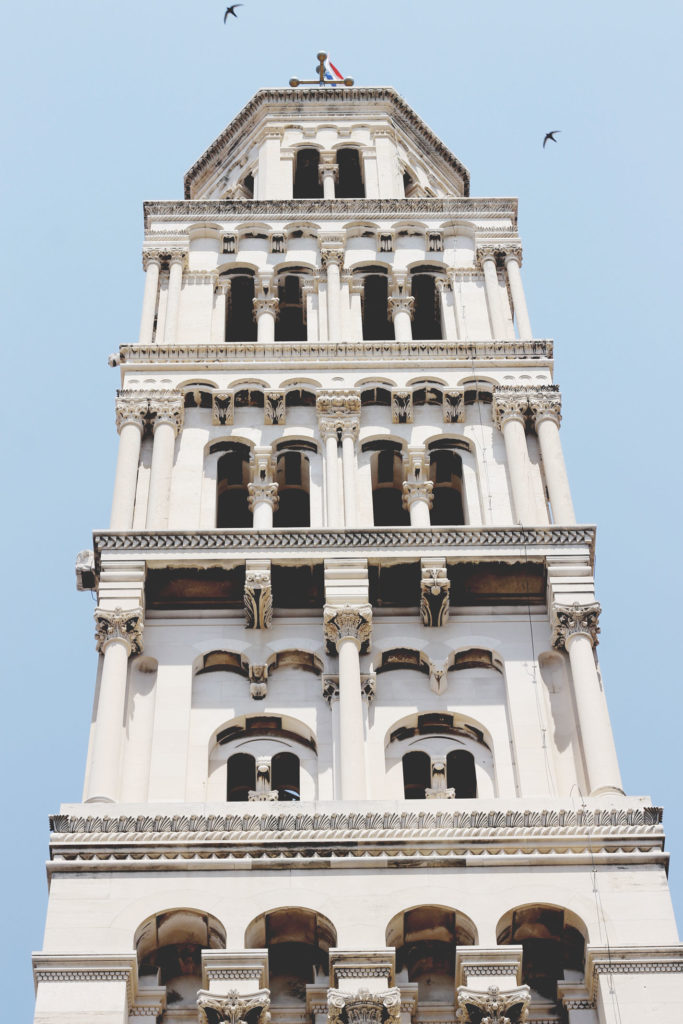
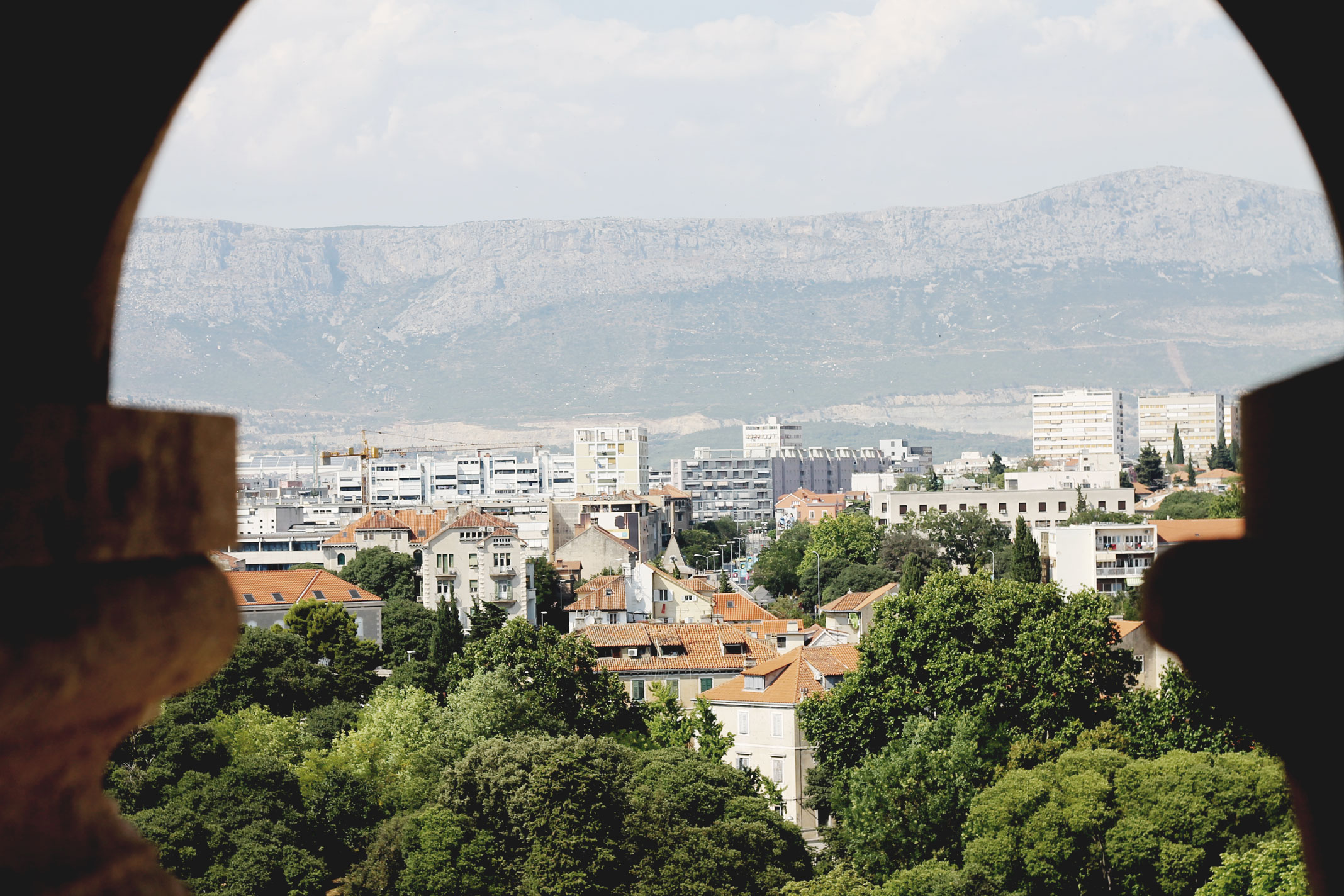
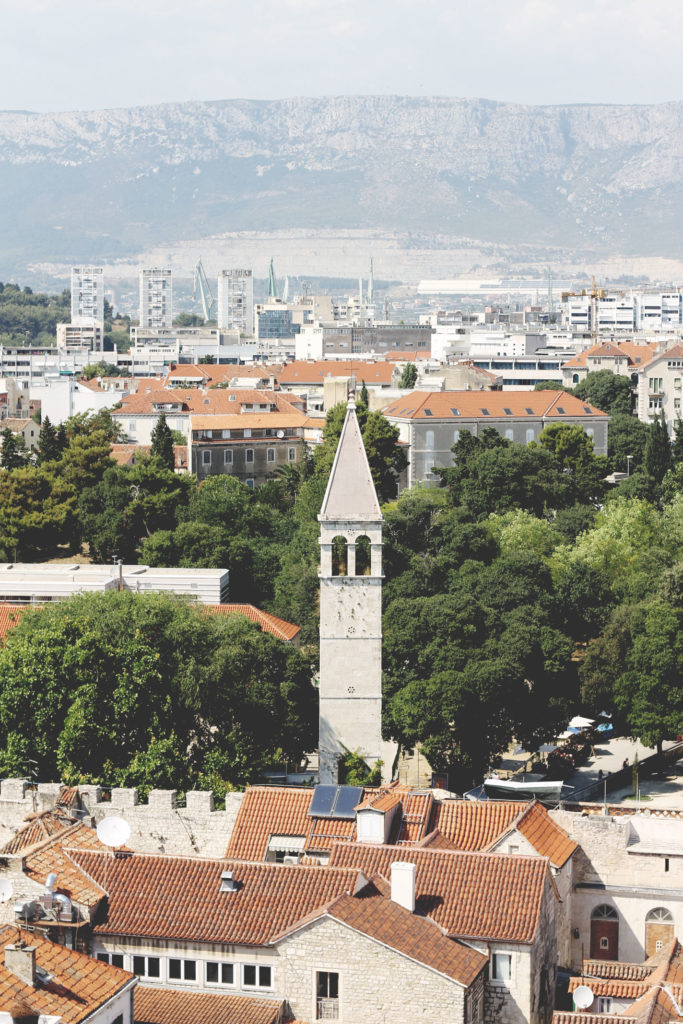
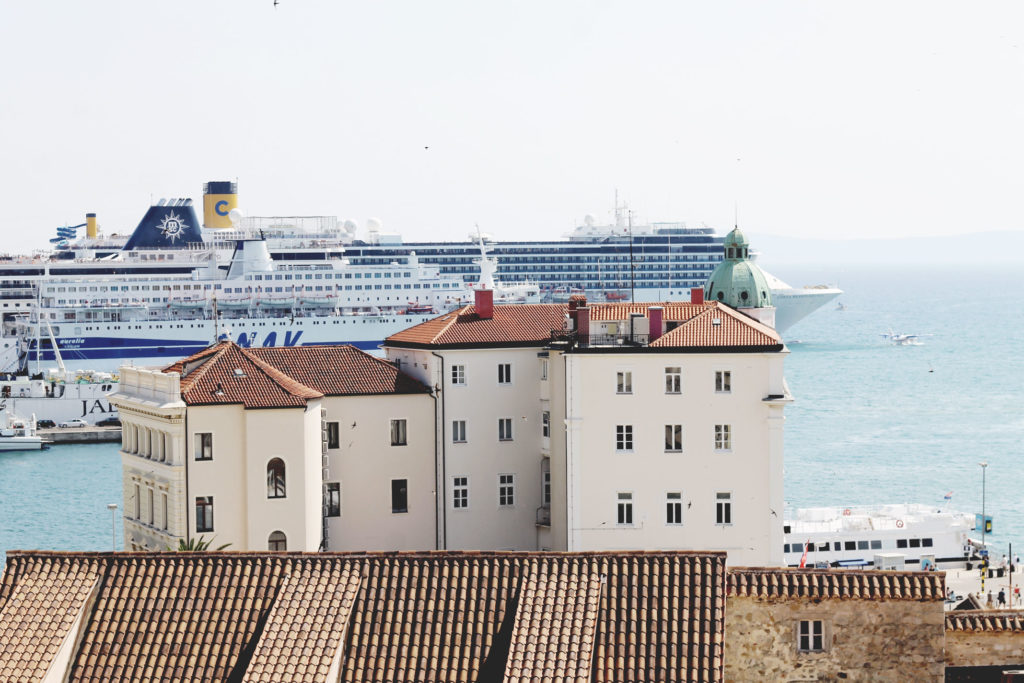
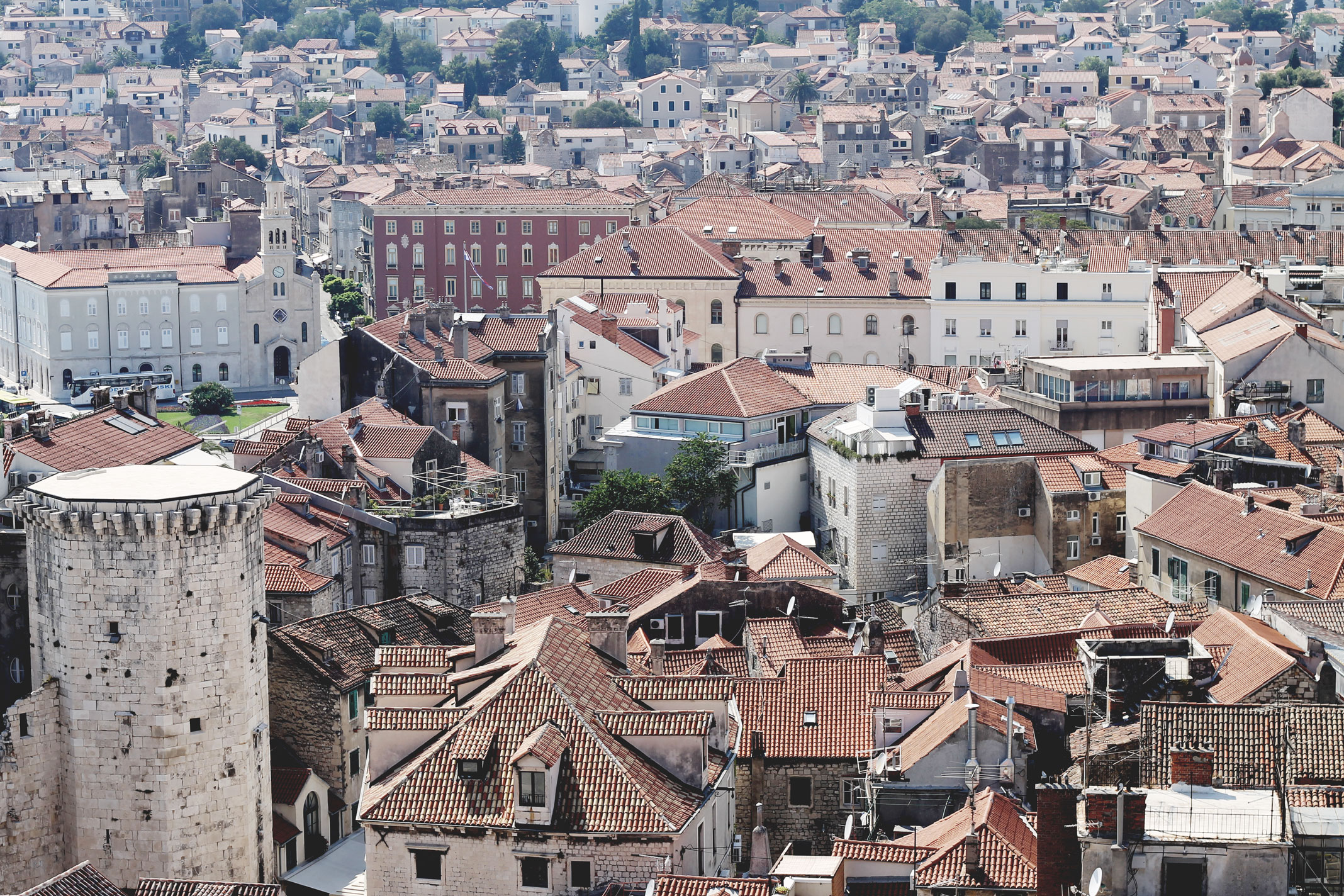

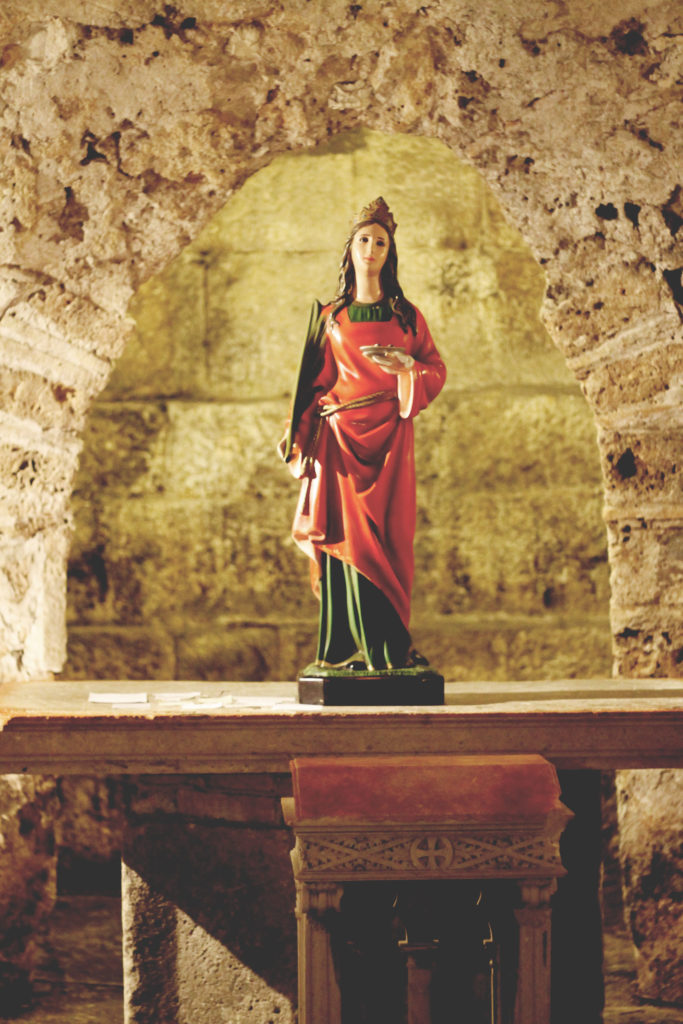
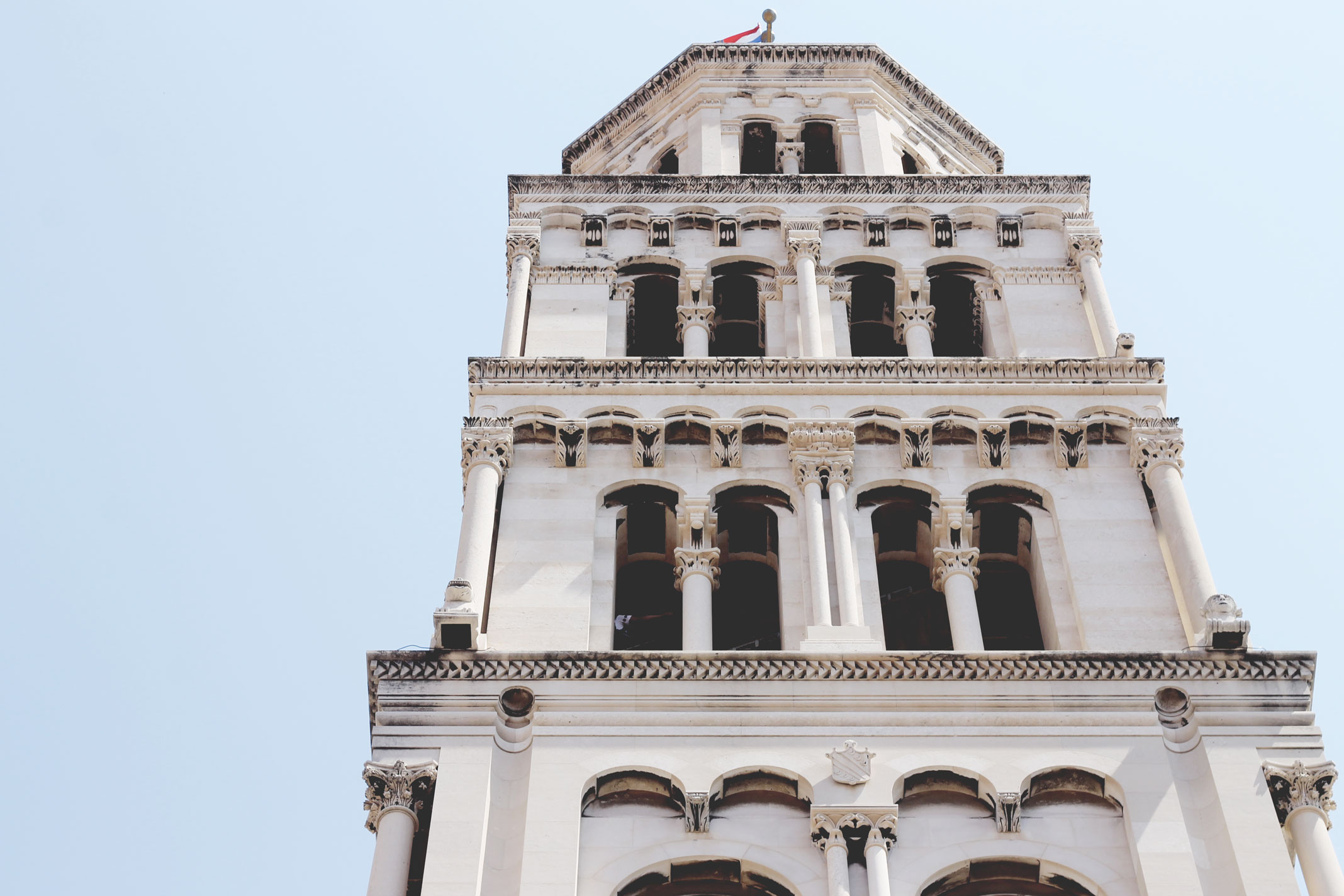
Thanks to Split Walking Tour | Dioklecijanova 3 21000 | +385 99 821 5383 | Split is a Town on Croatia’s Dalmatian Coast

